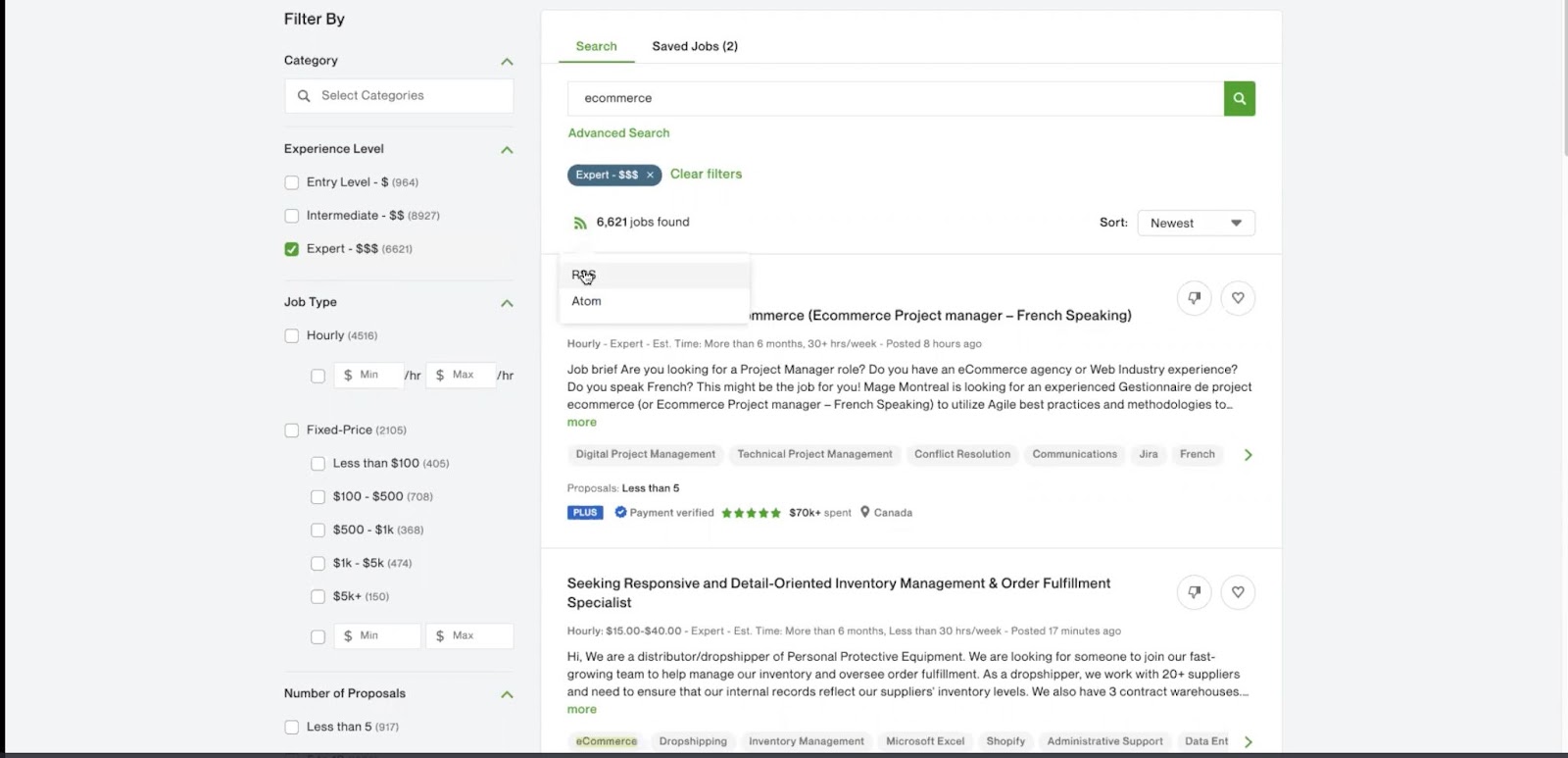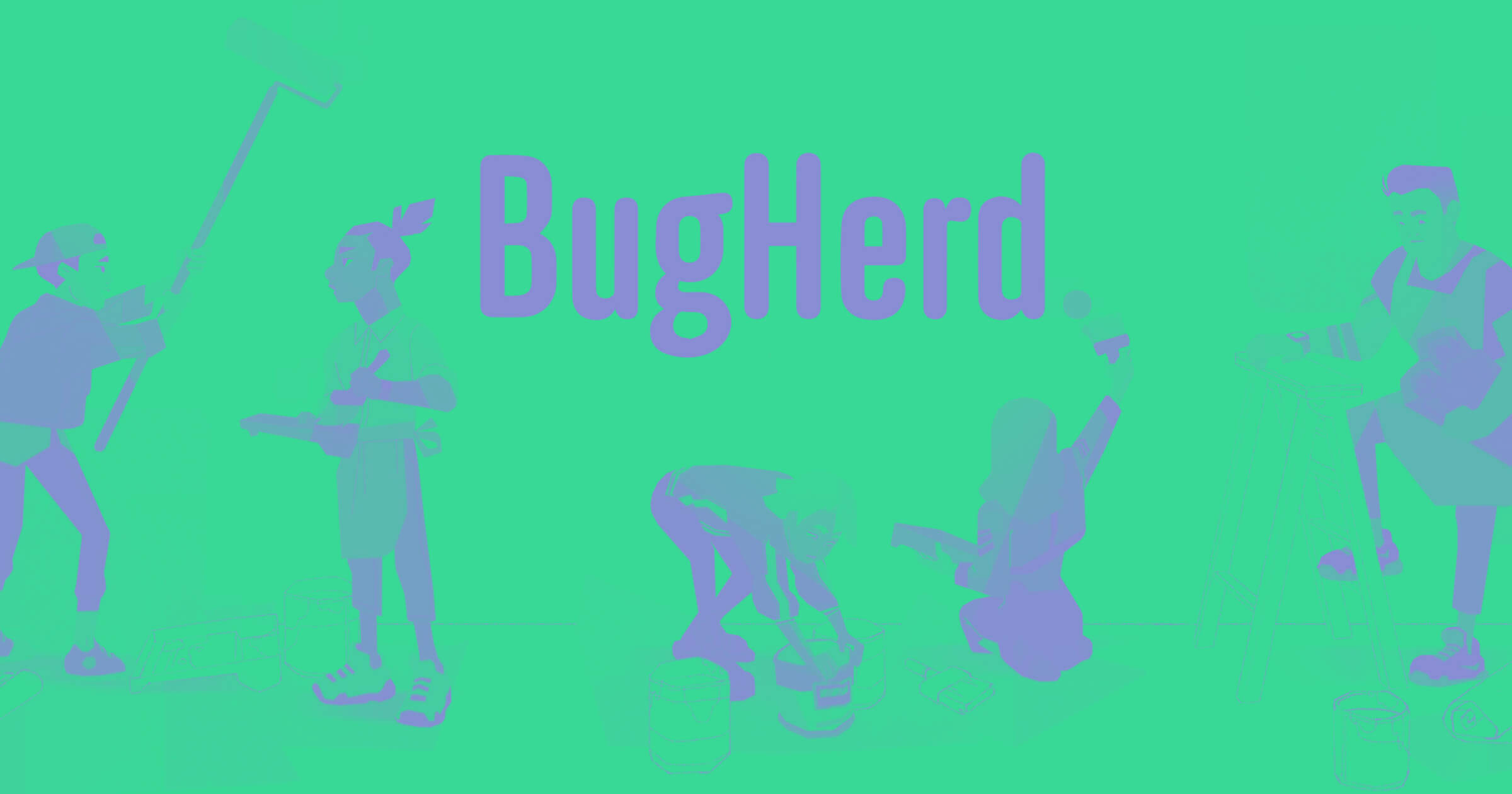Rhami Aboud went from a struggling freelancer to running a 6-figure agency — and he’s here to share the steps he took to get there.
Rhami took his first web development class at the age of 13 and has been making websites ever since. But when he transitioned his hobby into freelance work, he struggled to earn a living.
After going to school for web design and development and earning a degree, Rhami worked for a few different companies. But by 2017, he knew he wanted to work for himself.
When he first started freelancing, Rhami spent a lot of time doing cold outreach and attending networking events without getting much out of them. Through some experimentation, Rhami figured out a process that helped him build up his client base enough to launch his own agency, Arch Web Design, in 2020.
Rhami was kind enough to share this process with us to help others build and grow thriving agencies.
Focus on your niche
If you’re spreading your focus across too many services and audiences, you’ll have a hard time making progress. Rhami recommends finding a niche you enjoy and sticking with it.
Focusing on 1-2 services helps you go deeper into the industry, allowing you to build up skills relevant to your specific niche. Your portfolio will fill up with relevant work that shows potential clients that you have in-depth expertise. And if all your featured projects showcase the type of work you want to do more of, it’s easier to match with your ideal client.
“We feature all of our work…if you’re not proud enough of it to feature it, then you need to look at the quality of work you’re delivering…We ask clients during offboarding if they’re ok with [us sharing the work] and they say yes 99% of the time. It’s a win-win as they get some free promotion, too.”
To choose your niche, Rhami recommends you find an industry that you enjoy working with that also has the money to pay for the service you’re offering. So, if you’re thinking about something hyper-specific like making websites exclusively for artisan doggy food trucks, you’ll probably need to think bigger.
Just don’t overthink it. “I took way too long to choose my niche,” says Rhami, “when I did, it was a game changer and helped us scale up to 6 figures in less than a year…so just pick one. If it doesn’t work out, you can always choose another one later. Don’t get caught in paralysis by analysis.” There are also many tools out there that you can use to see what keywords people are searching for, so you can use this data to your advantage.
Rhami focuses on creating high-converting websites for SaaS clients at Arch Web Design because of his interest in tech, new software, and working with the startup community.
Craft a perfect profile
For Rhami and Arch Web Design, their Upwork profile was a key tool for building up their client base. However, “profile” can also refer to profiles on freelancing sites like Upwork or Dribbble, your portfolio website, or a combination. For the first 1.5 years of the agency, this was their main lead-generation tool. They now rely more on SEO, but Rhami recommends using Upwork when starting out because it’s an inexpensive and relatively quick way to get leads.
To get an idea of what to include on his Upwork profile, Rhami looked at profiles of peers who offered similar services. This helped him discover common themes and come up with the key information to include on his own.
According to Rhami, a perfect profile includes:
- An introduction (who are you and what do you do)
- Social proof (Awards and certifications, such as official Webflow partner)
- Examples of past work
- Client testimonials
- A short video that summarizes your profile
- Rate information (fixed price versus hourly, minimums, etc.)
Client testimonials that go beyond “great work!” are key, so make sure you have a process for getting more detailed reviews. Arch Web Design uses Upwork’s built in testimonial request feature to send a few questions that encourage clients to discuss various aspects of the project. Rhami’s team also asks for Google reviews and uses a Video Ask to make it easy for clients to provide video reviews.
For rates, Arch Web Design sticks to project-based fees. And while Upwork tends to have a reputation for low rates, Rhami points out that Arch Web Design’s project minimum is $12,500, and they don’t have issues finding clients with that budget. “It all depends on how you position yourselves,” says Rhami.
If you’re not sure how to set your rates, Rhami has some tips. To determine a project fee, you need to work backwards. “Use a time tracking tool when you’re building a website and try to calculate how much time it’s going to take you,” he says, “Let’s say it takes you 100 hours to build a website and you want to make $50 an hour — just multiply the $50 an hour by 100 and there’s your cost, $5,000 for that website.”



















Build websites that get results.
Build visually, publish instantly, and scale safely and quickly — without writing a line of code. All with Webflow's website experience platform.
Write perfect proposals
Great proposals feature a lot of the same information as profiles — introduction, social proof, past work, and testimonials — but in a more condensed form. The key is to keep it short and make it easy for people to take action.
Rhami offers a basic formula: a brief introduction to who you are, followed by why the person should trust your expertise (social proof), backed up by past work examples, and wrapped up with a Calendly link (or similar tool) to schedule time to discuss further.
Here’s how that might look for Rhami:
Intro: My name’s Rhami and I’m the owner of Arch Web Design, a Webflow-specific development agency that helps SaaS companies scale. We’re based in Canada and have built well over 200 Webflow websites.
Social proof: I’m also proud to say that we are an official Webflow Partner!
Past work: You can see some recent work here:
Contact information: If you’d like to book a quick call, here’s my calendar link. And you can find more information on our website here.
Testimonials: PS: Here are some testimonials from our amazing clients:
You can use this setup as a template, filling in your specific details and adding personal touches.
Build with scaling in mind
You don’t go from a solo freelancer to a thriving agency overnight. Rhami used automation to streamline parts of his process, then made key hires at strategic times to build his team up to 14 people.
Even if you have the perfect profile and proposal template, you’ll still need to find potential clients to send them to. While you could do this manually, Rhami shares how he uses automation to keep his client pipeline full.
He recommends using Blogtrottr to create an RSS feed for Upwork job posts. This way, you can create custom search parameters for your ideal projects then have the results sent straight to your inbox automatically.
Let’s say you want to build ecommerce websites in Webflow. Set up a search using keywords such as “ecommerce” and “Webflow” in Upwork (or other relevant job sites). Then, set filters like experience level, hourly or fixed price, number of proposals, etc. Once you have your search parameters set, select the RSS feed icon to generate the RSS code URL.

Go back to Blogtrottr, select add a new subscription, and paste in the RSS URL from Upwork. Then, you can set up automated email alerts for any new job postings that fit your search criteria.
Many jobs get hundreds or even thousands of proposals — and let’s face it, companies are not going to review them all. Getting your proposal in early increases your chances of being seen. With this automation trick, it’s easier to stay on top of new projects as they become available.
Hire intentionally as you grow your business
As you build your agency, you’ll need to expand your team. Rhami recommends keeping your team as small and streamlined as possible for as long as you can.
“Don’t try to grow too fast until you have the right processes in place,” says Rhami. For his first hires, he selected a UX designer and a Webflow developer. Bringing on these key team members in the first year of launching the Arch Web Design agency allowed Rhami to focus more time on sales and project management so they could build up the agency’s client base.
Arch Web Design’s second year focused on creating systems and processes for everything. Rhami hired a QA tester and project manager to support these goals and keep building the business.
Now in their third year, Arch Web Design is reviewing data and client feedback so they can update their core offerings to accommodate client needs.
“In the past, we’ve been building ‘Ferrari’ websites: fully custom, built from the ground up, which are expensive and take a long time to build,” Rhami explains, “In 2022, we started offering ‘Honda’ websites: they still convert as highly as our ‘Ferrari’ sites but take less than 30 days to build and cost much less.”
Rhami and the Arch Web Design Team came to this conclusion after speaking with more than 200 SaaS companies. Feedback revealed that most SaaS companies want a website that is built quickly and brings them leads and sales.
Continuous analysis and reflection is crucial when you are growing intentionally. Had Rhami’s team continued on their Ferrari-style path, they might have hired more team members versus adjusting their service offerings, which would not have served their target clients’ needs.
Have you considered becoming an official Webflow partner?
For Arch Web Design, adding “official Webflow partner” to their profiles and proposals adds an extra layer of proof of their Webflow skills, which gives potential clients more confidence in their abilities.
If you want to land more Webflow projects, consider applying to our Experts program.


.jpeg)




























